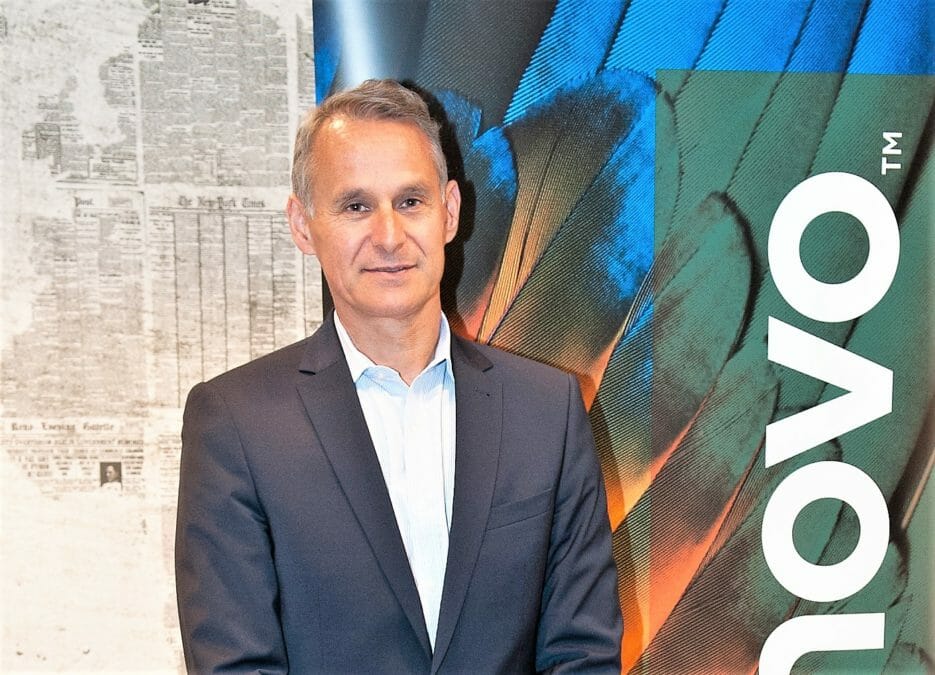About the company
With 1,250 outlets around the country, McDonald’s is the largest restaurant chain in the UK. But it is only in the past 18 months that the organisation has been able to dig deep into such areas as customer buying habits and new product impact. With Project Seer, it has introduced a series of analyses and over 30 reports using Business Objects’ eponymous product, providing restaurant managers, area supervisors, marketing managers and financial controllers with deep insight into the business.
Supporting that are two IT wings: the MIS department, led by Steve Tiley, which makes up about 75% of the IT function and supports internal IT customers, the ‘operational hierarchy’, wide area networks, telecoms and software development; and the operations technology department, which focuses specifically on restaurant-related IT – the till systems, their back office servers, the time recorders, and so on.
In the first six months of the roll-out of the business intelligence software, usage went from zero to 800. As well as providing better decision-making and a scorecard tracking multi-level aspects of business performance, the implementation has eliminated much needless administration, paying for itself in around six months.
Information Age (IA): As head of MIS, you’ve been leading an effort to give McDonald’s UK a much clearer picture of its customers’ buying habits and its levels of efficiency. But what was the historical situation before you saw that business requirement?
Steve Tiley (ST): In the late 1990s, we were gathering a lot of information, using a well-established wide area network [WAN]. But the analysis was on a silo-based system : we could look at sales, at the product mix, at the productivity, but none of that was actually linked together.
We had gone through a few trial applications for analysis: we had used Gentia for analytics at the head office, but it wasn’t good for being distributed over a wide area, so we did not really take it out into the operational, restaurant side.
We have 1,250 restaurants in the UK and about 200 people in the operational hierarchy above that – largely area supervisors managing eight to 10 restaurants.
So the goal was to provide information that allowed them to work with their restaurants better. We already had the vast majority of the information, it was just a question of getting it out to them so they could identify the stores and restaurants that most needed their help, rather than drive around not knowing whether their help was needed or not.
Business Objects and Cognos became the two leading contenders for that business intelligence requirement. We felt that Business Objects was more cohesive, more integrated in terms of the product suite than Cognos (at that time). And it was important for me to allow my internal customers to seamlessly move between reports or applications.
IA: Where is the analytical information coming from?
ST: Every night between midnight and 6am we actually dial up all 1,250 restaurants, pulling out all the information on sales, product mix, orders to pass on to our suppliers, and so on over the WAN and feeding it into an Oracle database.
IA: To what extent were you exploiting that information back then?
ST: We weren’t doing much with the information. It would be consolidated up the hierarchy, so you could say how many Big Macs were sold and perhaps how much additional sales were being generated by the price they were being sold at, but it was very limited at that stage. There was nothing on what the trade off was on the introduction of a new promotion: for example, if we introduced a new chicken product, what was the impact on our other chicken products. All we could tell was that this new chicken promotion was doing well or not doing well.
IA: In what ways has the new business intelligence software addressed that?
ST: The first area of opportunity we called Business Controls. This was looking at information that could offer us advantages in terms of waste control and yields (ie how many servings of Coke could we get from a litre of concentrate). We wanted to get that information in a colour-coded format out to the area supervisor. Historically, most of that information was being collected but on a manual basis. Each area supervisor would have an administrator ringing round his stores in the mornings, putting the information onto an Excel spread sheet which was then faxed to them. They were not getting that information till about 11am.
We started collecting this information through Oracle, and distributing it through a thin client environment across our intranet with Business Objects. That made the information available around 7.30am. So the area supervisor can now dial into the intranet and see which stores need his attention and management expertise before his day begins. With that initial application, the IT department saw a big opportunity. We took roadshows out to the executives and demonstrated what we could deliver.
IA: Having proven the case, where did you focus next?
ST: After that initial application, the second opportunity we saw was around the accounting side. A lot of our restaurants are autonomous, with the restaurant manager responsible for the financial operation of his restaurant. Historically, paper invoices and other financial documents would be mailed to the head office accounts department for inputting into a stores P&L. Then, during the last three days of each month the local manager was allowed to call up the accounts department with queries on invoices and changes that appeared on the P&L to get their finances in order. What we did was to put all of this information online through Business Objects, which meant we can now spread that query process out across the month. The impact: we actually reduced accounts department man hours by 500 a month.
IA: To what extent have you extended the business intelligence out to the stores. Are you tracking key performance indicators at that level?
ST: Having given the operational hierarchy Business Control support and then provided restaurant managers with access to accounts data, the next key area for analysis was customer contact. We have an in-house customer contact department that logs complaints and praise, but these were only looked at at a very high level historically. Now we can start relating those back to the restaurant level, making that available at very detailed levels to the restaurant management, allowing them to deal with complaints or praise when they actually happen. That also allows us to compare the sales of restaurants that aren’t having any complaints with those that are having several a month.
Another example of a measure we looked at was the speed of service in our drive-through lanes. We have targets to serve a person coming into drive-through in around 90 seconds. Although managers had measured that at restaurant level, being able to see it across a region, across a supervisor’s area, had never been available before.
IA: One of the key things other retailers focus on is basket analysis. Was that something that is a major part of the new analytical capabilities?
ST: We had a Visual Basic application for basket analysis dating back to 1997 that analysed the transactions of 30 typical restaurants. And the findings have been very useful. For example, it emerged that milkshakes were very popular in the drive-through lanes and that people weren’t buying soft drinks so much because they splashed around more in cars. However, milkshakes have a very low margin for us compared to soft drinks, so our opportunity was to advertise soft drinks more in the drive-through lanes.
We have now moved all of that Visual Basic application into Business Objects so we can also see the trade offs involved in new promotions.
IA: What about when you introduce such new promotions – a curry option or a Mexican meal. Is that something you can quickly determine is a success?
ST: Very much so. We can analyse it at very different levels. One is straight forward product mix: how often that promotion gets sold for every 1,000 transactions. That is very simplistic. But then we can also find out what it gets sold with – is it being sold on its own, is there an opportunity to sell it with fries or to bundle it as a meal combination? So being able to look at the basket analysis enables us to hone a new product.
IA: What are the objectives for the future for the Seer project?
ST: Going forward there are three key areas for us. The first is scorecarding. What we are trying to do is present a scorecard for the entire organisation, making sure everyone in the organisation – from the restaurant level all the way up to the chief executive – knows what they should be focusing in on.
The second area is mobile devices. We want to replace the laptops we give to the operation hierarchy with mobile devices.
Lastly, we want to extend the benefits we’ve seen in the UK to Europe. We currently support 27 other markets from the UK with IT – financials hosting, email applications and so on. We now want to move towards a common business intelligence system throughout Europe.






